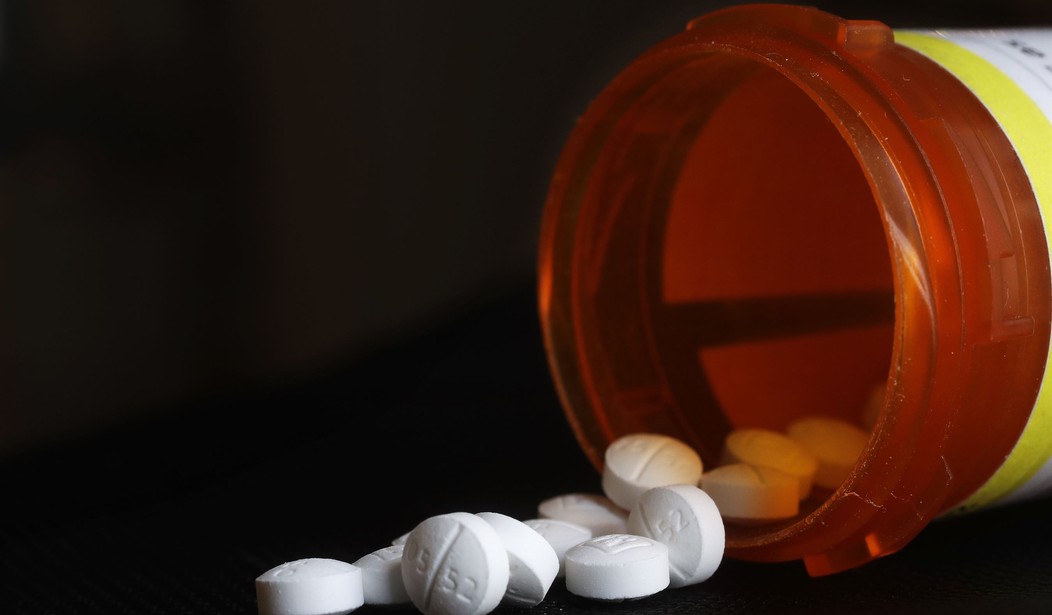When General Motors and Ford sell more cars, they are involved in more accidents. They undoubtedly advertise more in those places where they sell more cars. Does that mean that the car companies are responsible for additional accidents in those places? That they are purposefully plotting to create more accidents?
Let’s hope not, but if Monday’s $570 million verdict by an Oklahoma judge against Johnson & Johnson for making opioids is any indication, those types of cases aren’t going to be far off. Oklahoma had refused to settle out of court believing that they could receive a very large verdict. And the actual verdict is much larger than it might appear as it just represents the penalty for damages from a single year.
The state of Oklahoma claimed Johnson & Johnson and other pharmaceutical companies spent tens of millions of dollars annually in direct-to-physician marketing of opioids and that as opioid sales grew, so did addiction and overdoses.
“That’s the message to other states: We did it in Oklahoma. You can do it elsewhere,” Oklahoma Attorney General Mike Hunter said on Monday. He said that their case provided a “road map” for other states to follow in holding drugmakers responsible for the deaths and addiction created by the drugs.
Exhibit 1 for Oklahoma’s case has been a set of studies like one in the Journal of the American Medical Association. The authors claimed they found an “association between pharmaceutical company marketing of opioids to physicians and deaths from prescription opioid overdoses, we found that counties receiving such marketing subsequently experienced elevated mortality. In addition, opioid prescribing rates were strongly associated with the burden of opioid marketing across counties and partly mediated the association between marketing and deaths from opioid overdoses.”
Recommended
One wonders why such a study was needed, but, as usual, the public health researchers grossly misinterpreted their results. More drug use means more people get addicted, but that doesn’t mean they have done something wrong. The drugs also made life livable for a lot of people.
If you think that this is an idea that you have heard about before, you probably have. About 20 years ago this “public nuisance” theory was tried in lawsuits by cities against gun makers. The 2005 Protection of Lawful Commerce in Arms Act stopped many cities from simultaneously bringing these suits and bankrupting the gun makers. The law doesn’t protect the gun makers from making faulty products or from lying to customers or if they break the law.
This claim is no different than the car example mentioned earlier. This applies to other cases. More surgeries are more likely to result in more malpractice claims and deaths from those surgeries. Presumably, also the more doctors recommend surgery to their patients (read “marketing”) the more people will have surgery and the more malpractice cases there will be.
Here is one example litigious lawyers might appreciate. More lawyers mean more legal cases and more malpractice cases by lawyers. Should we then sue law schools for producing more lawyers?
With every product, the more that it is used, the number of problems that will arise will be greater. That is true even if the rate of problems is very low.
According to Oklahoma, Johnson & Johnson marketed the drugs irresponsibly. “Many studies show that opioids are rarely addictive when used properly for the management of chronic pain,” was a claim in one of the company’s marketing materials.
Unfortunately, not everyone uses the drugs properly. Just like not everyone drives their car correctly and not all lawyers or doctors practice their professions correctly, Johnson & Johnson’s statement was exactly right. Having people abuse a drug is no different than people driving too fast. According to the National Institute of Drug Abuse, around 8 to 12 percent misuse opioids and develop an opioid use disorder, with as many as 6 percent transitioning to other drugs such as heroin.
The problem is the cases brought by Oklahoma and numerous other states will be used to create new precedents that will allow cases to be brought against all sorts of other companies. It looks like it is about time that we pass a Protection of Lawful Commerce in Arms Act for all other companies.
* Lott is the president of the Crime Prevention Research Center and the author most recently of “The War on Guns.”

























Join the conversation as a VIP Member